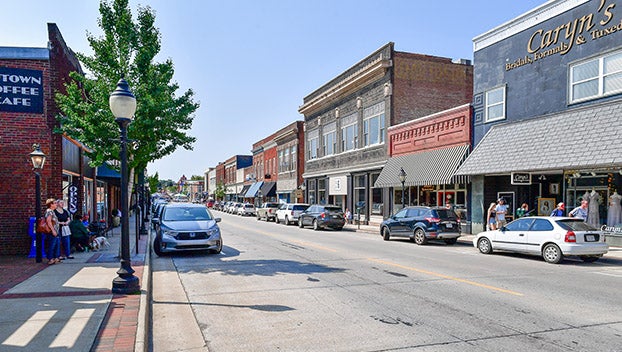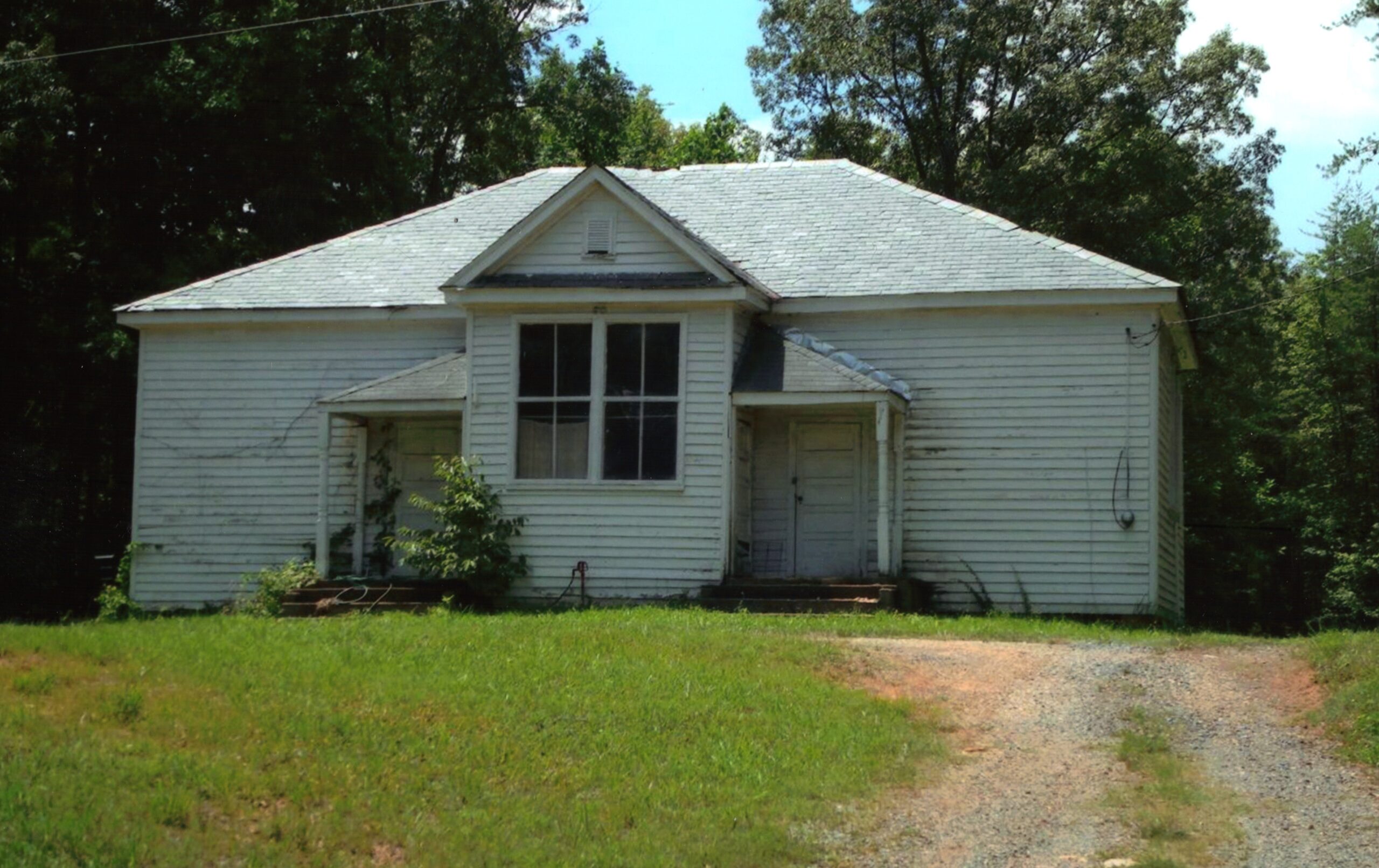Leaders offer interchange hope
Published 10:35 am Thursday, June 6, 2019
Editor’s note: This is the second in a series of articles offering details on the U.S. Route 460/East Third Street Interchange that remains incomplete. The interchange is a project that, if completed, could offer important improvements to the county and the Town of Farmville with regard to public safety, traffic congestion and economic development, the latter of which could impact the entire region.
Two important officials visited Prince Edward County recently and were briefed on the incomplete U.S. Route 460/East Third Street Interchange, leading to the hope that the visits could aid in the long-term goal of seeing the project completed.
Trending
Virginia’s 5th Congressional District Rep. Denver Riggleman visited May 28, meeting with County Administrator Wade Bartlett and a trio of supervisors: Farmville 701 District Supervisor and Board Chair Jim Wilck, Farmville 801 District Supervisor Pattie Cooper-Jones and Farmville 101 District Supervisor Gene A. Southall.
“He basically was doing a run through (of) his territory and wanted to know what he could do for us,” Wilck said of Riggleman. “And we, of course, mentioned the Third Street ramp, and he seemed to think that he might be able to find some money for it.”
Both Wilck and Bartlett indicated that they understood Riggleman was not making guarantees and that nothing was certain, but they were pleased to be bringing the issue before him.
“He said that he’ll see what he can do with some federal dollars on that,” Bartlett said. “Is it a long shot? Probably, but at least we’ve got it on his radar …”
Bartlett noted that what allowed Riggleman to offer hope of federal funding for the interchange project was a possible change in Congress’ stance on earmarks.
As described by the Brookings Institution, “Earmarks are small appropriations for specific congressional districts or projects: a research grant, a runway, a post office, almost anything. They are minuscule as a share of the federal budget, but in the 2000s, members of Congress became obsessed with securing them and their number soared.”
Trending
Bartlett explained that Congress did away with earmarks around 12 years ago, hoping that this would help rein in federal spending.
“Well as you can see, that hasn’t worked, because we have a $2 trillion dollar deficit coming this year, is the estimate,” he said. “So that didn’t really reduce spending one iota, and it eliminated the ability of congressmen to make an impact in their districts.”
Bartlett stated that because of this, Riggleman thinks we may start seeing earmarks again in the future.
“So if that happens, then maybe we could get funding that way,” Bartlett said. “… (Riggleman) implied that, but he didn’t make any promises. It was more of if you start seeing some earmarks, at least there will be an ability … for congressmen to make their case to include funding in the federal budget for a specific item, whereas it’s really hard for them to do that now.”
Virginia Commonwealth Transportation Board (VCTB) Member Bert Dodson Jr. visited the county May 16. As a board member, he represents the Lynchburg District, which includes Prince Edward County.
Via a car ride, he was given a tour of the area where a completed interchange would be located. Accompanying him for the tour were Bartlett, Wilck, Farmville Director of Public Works Robin Atkins, Commonwealth Regional Council Executive Director Melody Foster and two Virginia Department of Transportation representatives.
“I think that Bert Dodson was able to get a better grasp of what we were asking for on the Third Street Interchange because he could actually see that there were no ramps if you were going in a certain direction,” Wilck said. “… And we also were able to show Bert as you drive down 460 going eastbound that you couldn’t get off on Third Street, and you had to go down and make a U-turn to come back. And we actually did that, and we explained it to him that that’s fine for the car, but for the trucks that weigh 80,000 pounds … you can’t go from a standing stop and merge with traffic doing 60 miles an hour. And I think that was an eye-opener for him.”
In April, Wilck pled the case for completing the interchange before the VCTB. He said he knew it would not result in the project happening this year but that it would help raise its profile.
The recent visits from and talks with Riggleman and Dodson have likely helped in this regard as well.
In a May 16 interview, Wilck explained the effect of his and the community’s efforts thus far with regard to the interchange project and the VCTB officials who could help make the project a reality.
“What we have done is a couple of things,” he said. “First, we’ve made them aware of it, because before, nobody screamed and hollered from here, and I don’t think they were really aware of it. They just said, ‘It’s too expensive’ and passed over it. But now they’re aware of it.”
And he added that they are now aware there are a lot of people who want the interchange project to happen. He said it started off with just him trying to help following a previous report from the county to the state that did not yield a positive result.
“But now it’s a situation (where) we’ve got the town and the county behind it, and we’ve got the organizations like the (Farmville Area) Chamber (of Commerce) and the (Farmville Downtown Partnership), and then we’ve got the fire departments, the EMS and a lot of the companies that are actually directly affected by it, so it’s a whole lot bigger project now,” Wilck said. “It’s a community project now.”






